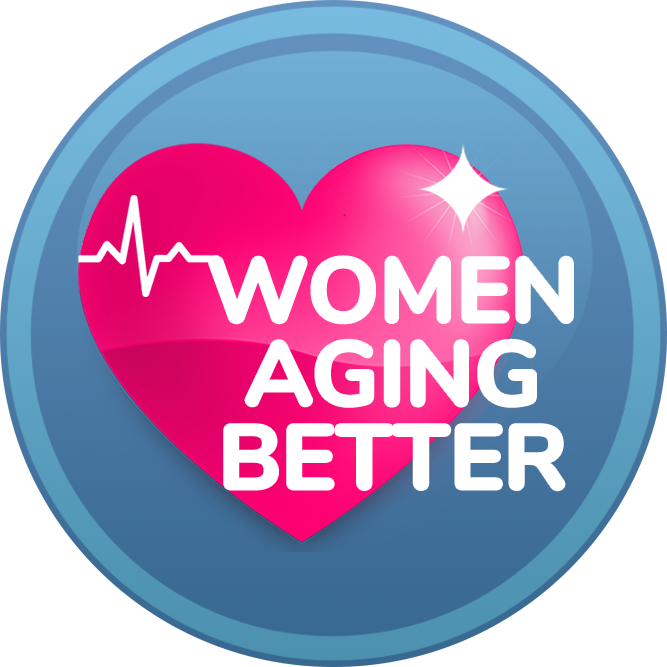Your Alignment Impacts Everything
Many people don’t think a whole lot about alignment, despite the fact that our alignment literally impacts every other part of our bodies.
There are two types of alignment:
Postural Alignment, which refers to our actual posture, and
Directional Alignment, which refers to the direction the various parts of your body (e.g., feet, knees, hips, etc.) are facing while you’re standing and / or moving.
When we are in good posture and all of our body parts are facing in the same direction, our skeletal system can support our muscles. This means that our bodies are able to work the way they were designed and we experience less muscle strain and tightness.
So how do you know if you’re in good postural and directional alignment?
You maximize the likelihood of good postural alignment when the following conditions are met:
Your spine is lengthened from your tailbone through the base of your skull and you feel like you’re standing up as tall as you can without tensing your shoulders.
Your chest is out, shoulder blades are down and pulled slightly together (e.g., shoulders are relaxed), and your belly button is pulled slightly inward and upward.
You have an eye level focal point, which allows your head to rest on your neck without strain. You are not looking up nor down and your neck is relaxed.
When you’re in good posture, there is a straight line from your ankles, hips, shoulders and ears (like the first picture above).
Directional Alignment is a little bit harder for people. To start, if we don’t have good posture, we have very little chance of having good alignment.
Try the following activity to check your directional alignment:
Stand in front of a mirror with what feels like good posture. Now notice how much space is between your feet. Adjust as needed so that if you had 3 feet, there is space between your feet for that 3rd foot to sneak between.
Now notice whether your feet are facing forward with heels behind the toes, or is one or more of your feet facing slightly outward or inward. Adjust as needed so both feet face forward with heels behind the toes.
Feel what this does to your kees. If there is discomfort, adjust your feet slightly back to what you are used to but be aware of the need for this change. When our feet are not straight forward, our knees don’t face forward.
If your feet are straight but your kneecaps do not seem to be facing in the same direction as your feet, experiment with tightening different body parts to see if you can make them change direction to be straight, without pain. For example, tighten your abs and maybe your inner thighs if your knees cave inward.
If you can make your knees stay straight when they naturally were not, notice which muscles you’re engaging to make this happen — these are weak muscles that you need to strengthen and then use regularly in order to keep your knees straight.
Now check your hips. Put your hands on your hips and notice if they’re approximately at the same height and feel like they’re facing forward equally. Again, try to adjust your body as needed if they are not. Do the same with your shoulders.
Maintaining good posture and alignment is really important because it helps us to avoid all sorts of body aches and pains and even surgeries sometimes. If your kneecaps don’t track correctly, you increase the risk of a meniscus tear, arthritis, or even a knee replacement as your joints wears out more quickly.
It takes practice and body awareness to notice what you’re doing with the various parts of your body, but everything works better when you do.
Action Steps:
Check in on both your postural and directional alignment several times during the course of the next few days and make corrections as needed.
The more often you adjust, the more natural your good posture becomes and the happier your body will be (meaning, the less discomfort you will feel in your body)!

